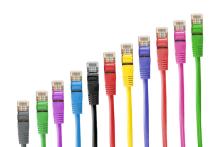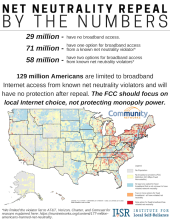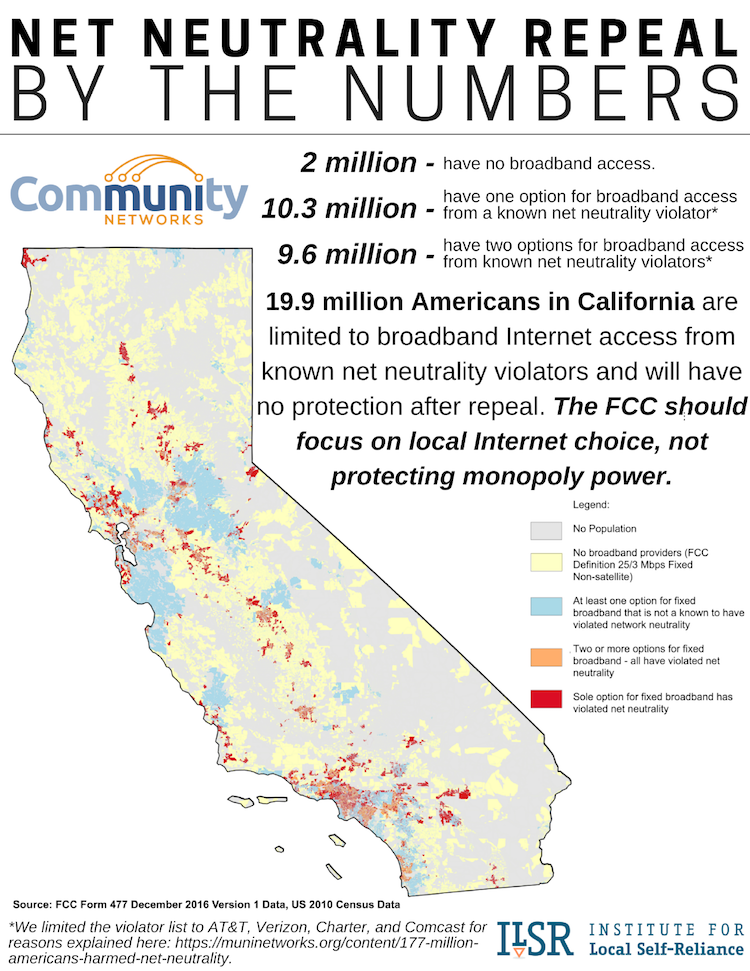Net Neutrality Repeal Threatens Some States More Than Others
On December 14th, FCC Chair Ajit Pai and the Republican Commissioners voted to present a huge holiday gift to big ISPs by dismantling network neutrality, despite outcries from the American people. When we examined FCC data to determine how many Americans would be left without market protections from known network neutrality violators, the numbers were discouraging. Now we’ve reached into the weeds to analyze the numbers on a statewide basis.
Percentage Of Population
The results reveal that a significant percentage of Americans will be limited to Internet access only from large monopolies that have a history of violating network neutrality and very strong incentives to abuse their market power.
Some states with higher population benefit slightly from competition relative to others — compare Florida’s 40 percent to 65 percent in Pennsylvania — but this also reflects the anti-competitive nature of big ISPs that tend to cordon off sections of the country and respectfully stay within their zones. Other, more rural states, such as Wisconsin at 66 percent, have few options because national ISPs just aren’t interested in serving areas where population is sparse and the pay-off is a long time coming. Lack of competition means high probability of service from one of the big four known violators in our study — AT&T, Verizon, Comcast, and Charter.
In this chart, we've listed states in order of greatest percentage of impacted population:




